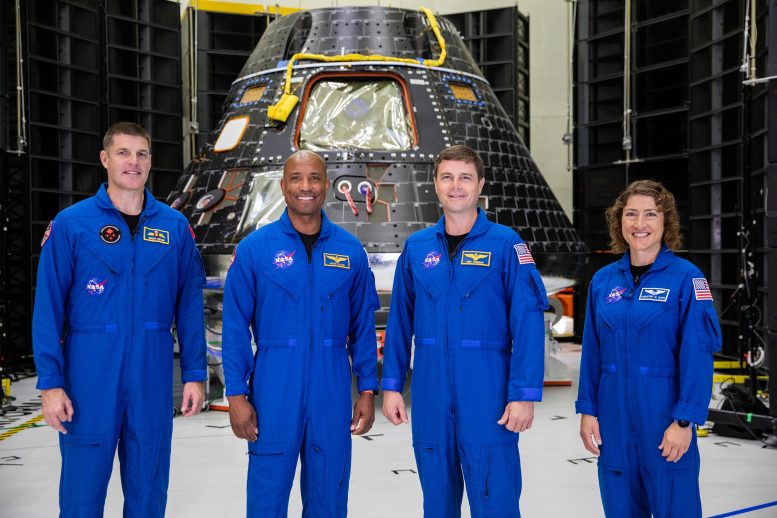
Inside the high bay of the Neil Armstrong Operations and Checkout Building at NASA’s Kennedy Space Center in Florida on Tuesday, August 8, Artemis II NASA astronauts Reid Wiseman, Victor Glover, and Christina Koch, and CSA (Canadian Space Agency) astronaut Jeremy Hansen visit the Orion spacecraft that will take them on a 10-day journey around the Moon as the first Artemis crew. Credit: NASA/Kim Shiflett
The Artemis II astronauts check out their ride to the Moon …
Practicing post-splashdown recovery operations for Artemis II …
And the Webb Space Telescope checks out a record-breaking star …
A few of the stories to tell you about – This Week at NASA!
The Artemis II Crew Visits Space Coast
On August 8, the Artemis II astronauts visited NASA’s Kennedy Space Center to check out the Orion spacecraft that will carry them around the Moon and back. They also participated in a news conference with NASA leadership to discuss Artemis II and how it will help pave the way for future long-term human exploration missions to the Moon, and eventually to Mars.
“The measure of success for Artemis II is seeing our colleagues on the lunar surface, seeing our colleagues assembling Gateway. And then, seeing people that are following in our footsteps walking on Mars and coming back to planet Earth.” — Reid Wiseman, NASA Astronaut
Artemis II will be the first mission with astronauts to the Moon in more than 50 years.
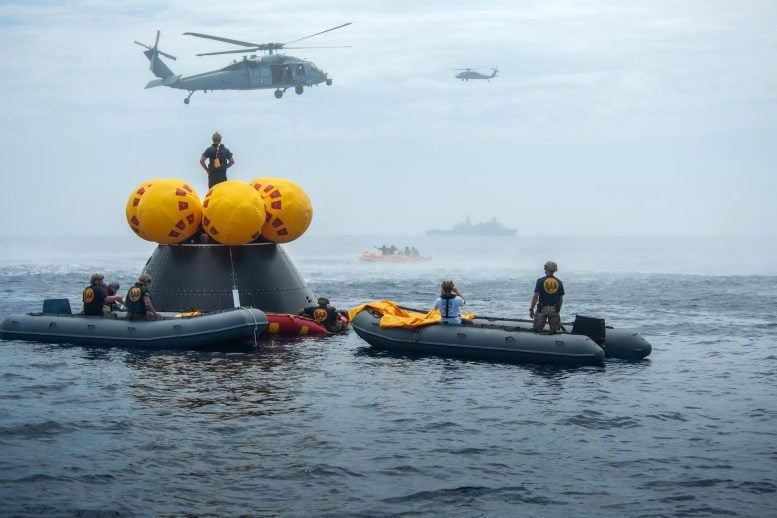
Naval helicopters from Helicopter Sea Combat Squadron (HSC) 23 “Wildcards” fly over the Orion Crew Module Test Article (CMTA) with American flags after completing operations during an Artemis II mission simulation during NASA’s Underway Recovery Test 10 (URT-10) off the coast of San Diego. Credit: NASA/Kenny Allen
NASA Completes First Recovery Test for Artemis II
Teams from NASA and the Department of Defense recently completed Underway Recovery Test 10 off the coast of San Diego. They practiced operational activities that will be used to safely retrieve the Artemis II astronauts and Orion spacecraft from the Pacific Ocean at the end of the mission. The approximately 10-day flight will be the first Artemis mission to send astronauts around the Moon and return them safely to Earth.
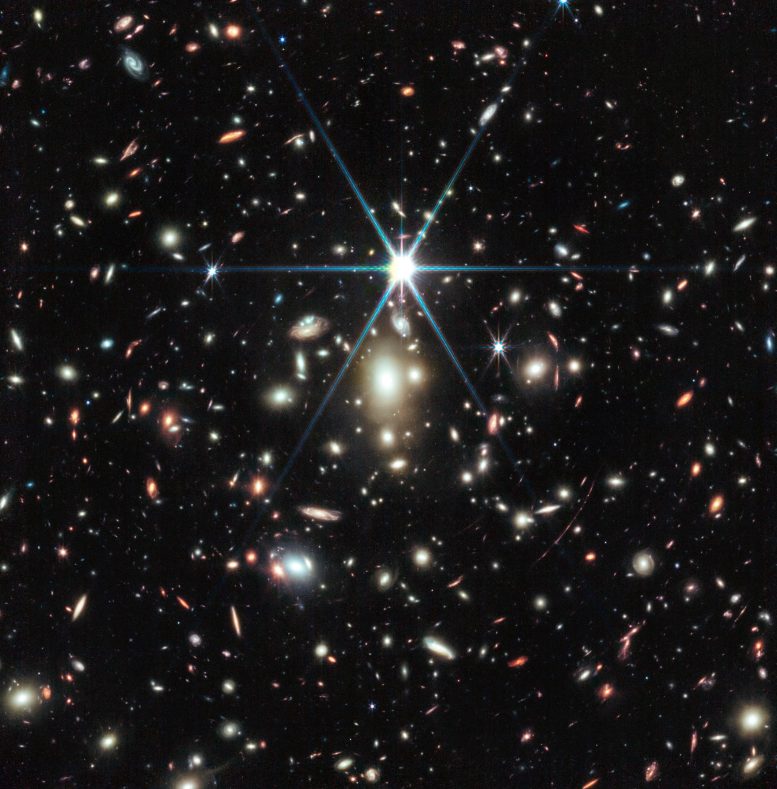
This image from NASA’s James Webb Space Telescope of a massive galaxy cluster called WHL0137-08 contains the most strongly magnified galaxy known in the universe’s first billion years: the Sunrise Arc, and within that galaxy, the most distant star ever detected. The star, nicknamed Earendel, was first discovered by the Hubble Space Telescope. Credit: NASA, ESA, CSA, Dan Coe (STScI/AURA for ESA, JHU), Brian Welch (NASA-GSFC, UMD), Zolt G. Levay
Webb Reveals Colors of Most Distant Star Ever Detected
NASA’s James Webb Space Telescope followed up on the Hubble Space Telescope’s observations of Earendel – the farthest star ever detected in the very distant universe, within the first billion years after the big bang. Webb’s Near-Infrared Camera revealed that the massive star is more than twice as hot as our Sun, and about a million times more luminous. Astronomers also think that, based solely on the colors of Earendel, it might have a cooler redder companion star.
Monthly Themes to Celebrate the Heliophysics Big Year
This October, NASA will launch the Heliophysics Big Year – a global celebration of solar science and the Sun’s influence on Earth and the entire solar system. We will celebrate a theme each month from October 2023 to December 2024, and share opportunities to participate in solar science events, like observing solar eclipses, or other fun Sun-related activities.
That’s what’s up this week @NASA!



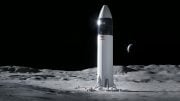
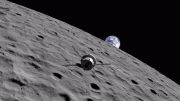
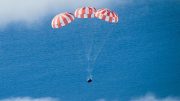
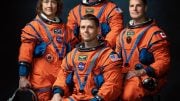

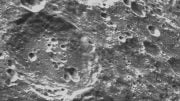
Be the first to comment on "This Week @NASA: Artemis II Astronauts Meet Orion, Webb Reveals Most Distant Star Ever Detected"